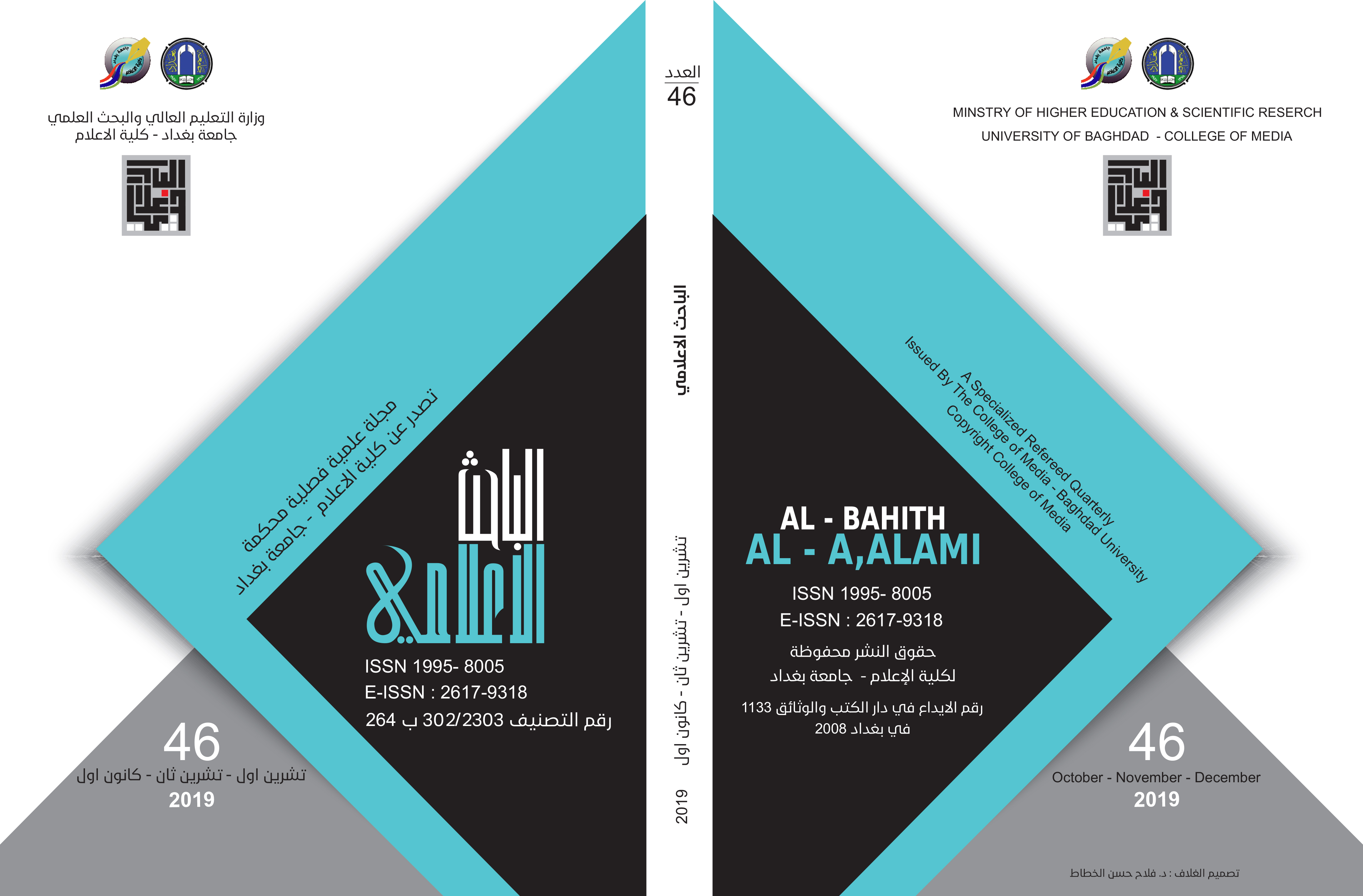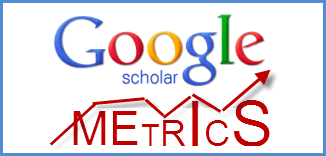ELEMENTS OF BUILDING CONTENT FOR GOVERNMENT WEBSITES:
(An Experimental Study)
DOI:
https://doi.org/10.33282/abaa.v11i46.407Keywords:
Government Communication , Government website , and Website QualityAbstract
The study dealt with measuring the impact of the availability of each of the content elements of the interaction, electronic services, and information on the evaluation of the users of the government website for its effectiveness in terms of the site’s functions and for measuring the site’s ability to present the organization’s tasks to customer groups.
Authority is concerned with measuring the confidence of customers in the content of the site, and in the organization as a whole. Validity is related to measuring the effectiveness of employing the site’s content to achieve the goal of its creation and in communicating with customers. Availability It is for measuring the ease of use of the site. The relevance, which means measuring the compatibility of the site’s form and content with the nature and identity of the governmental organization. Then, presentation tools which are for measuring the multiplicity of content presentation tools.
And that is through an experimental study that relied on building a virtual government website, which was designed in terms of form and content in four copies. The content elements for each version were controlled. Then, each site was made available through an experimental group that used it and navigating its parts. Later, testing of a five-element scale was choosing to measure each group’s perception of site quality.
The study reached a number of results, the most important of which is the absence of sufficient information about the organization on its website; and the absence of information on the tasks and services performed by the government website that leads to a poor evaluation of the site's users in terms of the site's ability to introduce the organization and achieve its functions and support interaction with clients; the confidence in the site in terms of information and services it provides; and in terms of providing privacy and maintaining customer data; its ease of use and identification of its components and content and the employment of its tools.
Its ability to express the government’s identity and representation to the organization after it is one of its communicative methods. As well as the ability of site users to deal with multiple content tools with their different capabilities and categories. The absence of interaction tools on the government’s website, moreover, leads to a poor evaluation of the site’s users in terms of the website’s ability to achieve e-participation standards and continuous communication with customers.; as well as the ease of use.
The absence of government service delivery through the organization's website, however, leads to a poor assessment of site users for quality elements.
Downloads
References
جاء محمود أبو علام (2001)، مناهج البحث فى العلوم النفسية والتربوية، ط3، القاهرة، دار النشر للجامعات، ص225.
سليمان، شريفة . (2009). دور العلاقات العامة في الحكومة الإلكترونية: دراسة حالة على إمارة دبي، أبوظبي: مركز الإمارات للدراسات والبحوث الاستراتيجية.
شيماء ذو الفقار زغيب (2015) مناهج البحث والاستخدامات الاحصائية في الدراسات الإعلامية ، ط 2، القاهرة ، الدار المصرية اللبنانية ، ص 196
عياد، خيرت .(2006). اتجاهات ممارسي العلاقات العامة نحو استخدام الإنترنت كوسيلة اتصال : دراسة على عينة من المؤسسات الخدمية والانتاجية بمملكة البحرين ، مجلة بحوث الرأي العام ، المجلد السابع ، العدد الأول ، 2006.
فاروق، أحمد. (2017). معايير بناء الموقع الإلكتروني للمنظمات الحكومية نموذج مقترح في ضوء مدخل الاتصال المستدام، دراسة مقدمة إلى المؤتمر الدولي الثاني والعشرين لجمعية أساتذة الإعلام العربية الأمريكية بعنوان « الصحافة والإعلام في عصر المعلومات الفورية « المنعقد في الجامعة الأمريكية بالقاهرة خلال الفترة من 21 إلى 24 أكتوبر 2017
Rrferens
Alfonso, G. & Miguel, R.(2006) Trends in online media relations: Web-based corporate press rooms in leading international companies, Public Relations Review, Vol 32, Issue 3, 267-275, ISSN
Andrés Cañizález, “Building Communication Policies with a Public Sense.” Media Development, No. 3, 2016. PP. 33–37. http://search.ebscohost.com
Felczak, M., Smith, R., & Glass, G. (2009). Communicating with (Some) Canadians: Communication Rights and Government Online in Canada. Canadian Journal of Communication, 34(3), 435–460. https://doi.org/10.22230/cjc.2009v34n3a2020
Guillory, J. & Sundar, S. S. (2008). Can Interactivity in Corporate Websites Influence Public Perceptions of Organizations?. Conference Papers , 67th International Communication Association Conference, Montreal, Quebec CANADA - 22-26 May 2008
Holder ,Simon , A century of government communications: Analysis and factual trends,2018, https://quarterly.blog.gov.uk, (Accessed on 10 Oct, 2018)
Huma Haider, Claire Mcloughlin and Zoë Scott , Topics on communication and governance (UK, International Development Department, College of Social Sciences University of Birmingham , 2011)
Karen Sanders , Political public relations and government communication, IN, Jesper Stromback, Spiro Kiousis, Political Public Relations: Principles and Applications(New York, Routledge,2011)
Karen Sanders and María José Canel “Mind the Gap: Local Government Communication Strategies and Spanish Citizens’ Perceptions of Their Cities.” Public Relations Review, Vol. 41 , No(5), 2015.pp. 777–84. doi:10.1016/j.pubrev.2015.06.014.
Karen Sanders and María José Canel “Mind the Gap: Local Government Communication
Martial Pasquier, and Jean-Patrick Villeneuve, Marketing Management and Communications in the Public Sector , 1st Edition (New York , Routledge,2012)
Maynard, M., & Yan, T. (2004). Between global and glocal: content analysis of the Chinese Web Sites of the 100 top global brands. Public Relations Review, 30(3), 285-291. doi:10.1016/j.pubrev.2004.04.00
Michael Howlett,”Government Communication as a Policy Tool: A Framework for Analysis” Canadian Political Science Review, Vol. 3, No. 2 (2009) p p.23-37
Middleton, Michael R. (2007) Approaches to evaluation of websites for public sector services. In Kommers, Piet, Eds. Proceedings IADIS Conference on e-Society, pages pp. 279-284, Lisbon, Portugal.https://pdfs.semanticscholar.org
Nidhya, B., & Govindaraju, P. (2011). Assessment of Tamil Nadu Government Tourism Website -- Using A Tourism Website Evaluation Tool. Amity Journal of Media & Communications Studies (AJMCS), 1(2), 29–33. Retrieved from http://search.ebscohost.com/login.aspx?direct=true&AuthType=ip,uid&db=ufh&AN=83756078&site=ehost-live
Sanina A, Balashov A, Rubtcova M, Satinsky DM. The effectiveness of communication channels in government and business communication. Information Polity, The International Journal of Government & Democracy in the Information Age,Vol. 22, No. 4 201.P P.251-266. doi:10.3233/IP-170415
Sanina A, Balashov A, Rubtcova M, Satinsky DM. The effectiveness of communication channels in government and business communication. Information Polity, The International Journal of Government & Democracy in the Information Age,Vol. 22, No. 4 201.P P.251-266. doi:10.3233/IP-170415
Simmons, W. M., & Zoetewey, M. W. (2012). Productive Usability: Fostering Civic Engagement and Creating More Useful Online Spaces for Public Deliberation. Technical Communication Quarterly, 21(3), 251-276. doi:10.1080/10572252.2012.673953
W Russell, S Niemeyer, V Darling & John Dryzek,, Deliberative Engagement in the Australian Capital Territory, https://www.act.gov.au/yoursay/our-conversations/how-we-communicate-and-engage, (Accessed on 1 Oct,2018(
Waly Diop, “From Government Policy to Community-Based Communication Strategies in Africa: Lessons from Senegal and Uganda.” Journal of Health Communication, Vol. 5 2000, p.113. doi:10.1080/10810730050019591
Wright, D. K. & Hinson, M. D. (2012) Examining How Social and Emerging Media Have Been Used in Public Relations Between 2006 and 2012: A Longitudinal Analysis, Public Relations Journal, Vol. 6, No. 4.retrived on March 1,2014. http://www.prsa.org/Intelligence/PRJournal/Vol6/No4/
Downloads
Issue
Section
License
Authors retain copyright and grant the journal right of first publication with the work simultaneously licensed under a Creative Commons Attribution License (CC BY 4.0) that allows sharing the work with recognition of authorship and initial publication in ABBA journal.


















